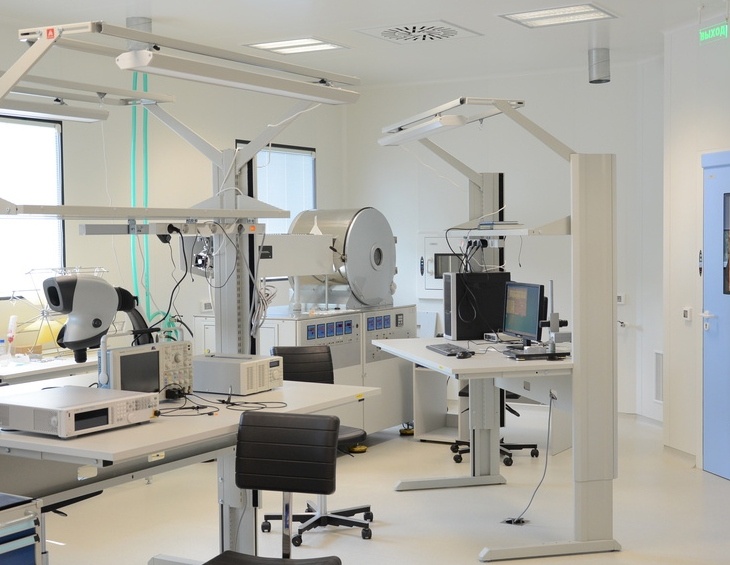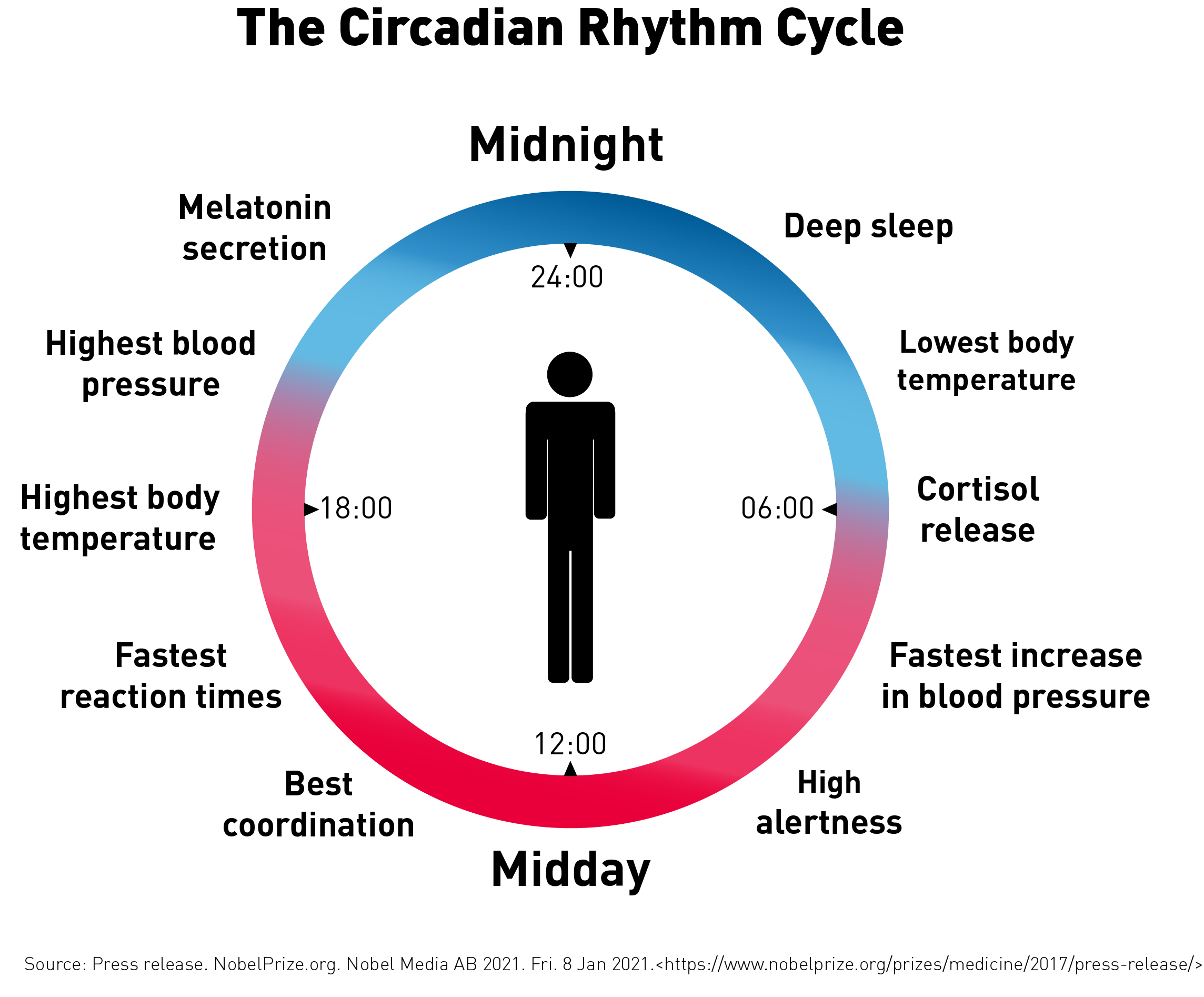Hygienic Assessment Of Artificial Lighting Of Residential, Public And Medical Institutions Presentation
| Introduction | ||
|---|---|---|
| Artificial lighting plays a crucial role in residential, public, and medical institutions. Hygienic assessment of artificial lighting is essential for ensuring the well-being of individuals. This presentation will discuss the key factors to consider in assessing the hygienic aspects of artificial lighting in these institutions. | ||
| 1 | ||
| Residential Institutions | ||
|---|---|---|
| Adequate illumination levels should be provided to support daily activities and promote a healthy living environment. Consideration of color temperature and color rendering index (CRI) is important to mimic natural light and enhance visual comfort. Minimizing glare and flickering is crucial to prevent eye strain and discomfort. | ||
| 2 | ||
| Public Institutions | ||
|---|---|---|
| Public institutions, such as schools and libraries, should have appropriate lighting to support learning and productivity. Uniform illumination across spaces is essential to avoid visual fatigue and provide a comfortable environment. Energy-efficient lighting solutions should be implemented to reduce environmental impact and operational costs. | ||
| 3 | ||
| Medical Institutions | ||
|---|---|---|
| Proper lighting in medical institutions is critical for accurate diagnosis and treatment. Lighting should be adjustable to cater to different medical procedures and patient conditions. Color rendition is important in medical settings to enable accurate perception of skin tone and other critical visual cues. | ||
| 4 | ||
| Lighting and Circadian Rhythm | ||
|---|---|---|
| Artificial lighting should consider the impact on the circadian rhythm of individuals. Use of lighting with adjustable color temperature can help regulate sleep-wake cycles. Bright, cool light during the day and warm, dim light during the evening promotes healthy sleep patterns. | ||
| 5 | ||
| Lighting and Mental Health | ||
|---|---|---|
| Adequate lighting can contribute to improved mental well-being and mood. Exposure to natural light or light that mimics natural light can positively impact mental health. Proper lighting design can reduce symptoms of depression, anxiety, and seasonal affective disorder (SAD). | ||
| 6 | ||
| Lighting and Productivity | ||
|---|---|---|
| Proper lighting can enhance productivity and performance in various settings. Illumination that reduces eye strain and provides optimal visual comfort leads to increased focus and efficiency. Balanced lighting that eliminates glare and shadows promotes a conducive work environment. | ||
| 7 | ||
| Lighting and Infection Control | ||
|---|---|---|
| In medical institutions, lighting should adhere to infection control guidelines. Use of antimicrobial coatings on light fixtures can help reduce the spread of pathogens. Proper cleaning and maintenance of lighting fixtures are essential to prevent contamination. | ||
| 8 | ||
| Regulations and Standards | ||
|---|---|---|
| Various national and international standards exist for assessing the hygienic aspects of artificial lighting. Organizations like the International Commission on Illumination (CIE) provide guidelines for lighting design in different institutions. Compliance with relevant regulations ensures the provision of hygienic lighting environments. | ||
| 9 | ||
| Conclusion | ||
|---|---|---|
| Hygienic assessment of artificial lighting in residential, public, and medical institutions is crucial for the well-being of individuals. Consideration of factors such as illumination levels, color temperature, glare, and flickering is important. Compliance with regulations and standards ensures the provision of hygienic lighting environments. | ||
| 10 | ||
| References (download PPTX file for details) | ||
|---|---|---|
| International Commission on Illumination (CIE... World Health Organization (WHO). (2010). Arti... U.S. Department of Energy (DOE). (2012). Ligh... |  | |
| 11 | ||








